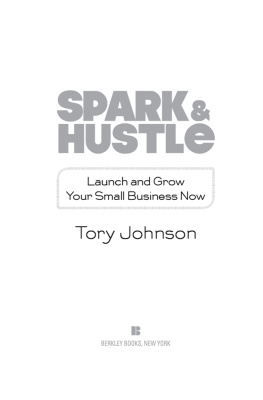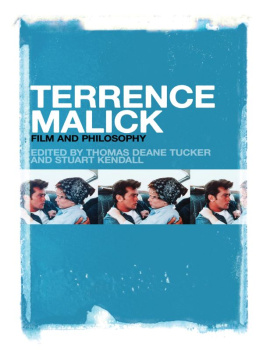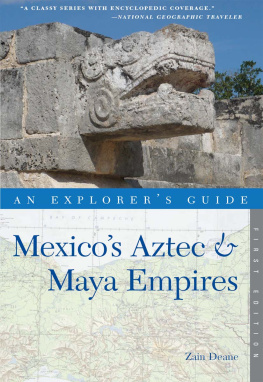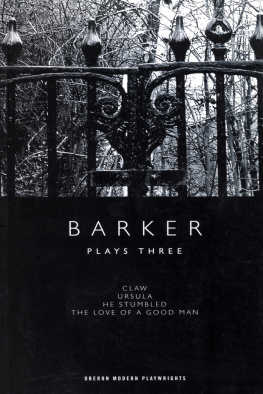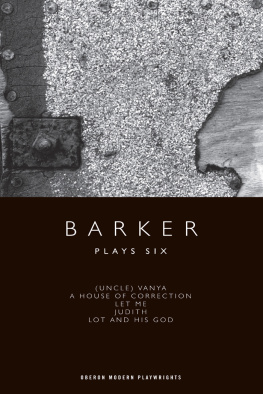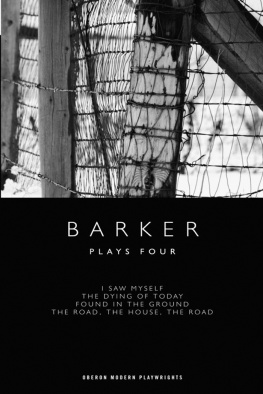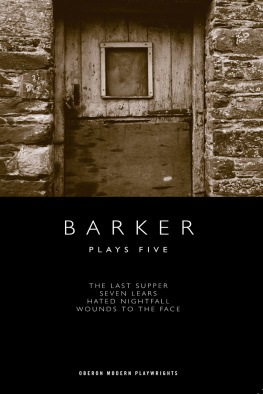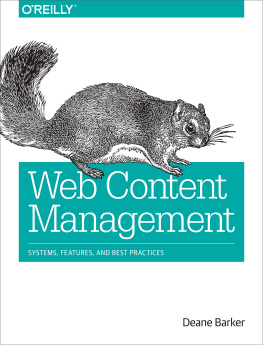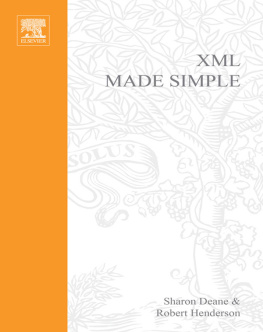
The Web Project Guide
From Spark to Launch and Beyond
Corey Vilhauer & Deane Barker
A product of

Copyright 2021 Blend Interactive
Published by Story Chorus
Although both the publisher and author have used reasonable care in preparing this book, the information it contains is distributed as is and without warranties of any kind. This book is not intended as legal, financial, or health advice, and not all of the recommendations will be suitable for your situation. Professional legal, financial, and health advisors should be consulted as needed. Neither the publisher nor the author shall be liable for any costs, expenses, or damages resulting from the use of or reliance on the information contained in this book.
Table of Contents
Preface
A Fountain in Old Town
By Deane Barker
Im writing this from a coffee shop in the Old Town of Stockholm, Sweden (in Swedish: Gamla stan). Its full of narrow, winding cobblestone streets, tiny alleyways, and artisanal shops. You can wander for hours in abject wonder at architecture from the 13th century, then stumble into quaint little courtyards or bustling town squares. You can point your camera in any direction and capture a postcard.
Its also really easy to get lost.
I swear Ive passed by the same stone fountain four times now, but I couldnt find it again if my life depended on it.
This is why Im sitting in this coffee shop. The promise of free wifi persuaded me to duck in, buy a cup and a croissant, and spend a few minutes on Google Maps trying to figure out exactly where I am.
Google Maps is great. It elevates you above where you are. Instead of tight little streets, I can see an overhead view, with my location clearly marked. I dont get the nuance of standing in front of that gorgeous fountain, examining how the vines have grown over the faade and listening to the water splash through it, but thats not what I need right now.
The key is context , or the circumstances which form the setting. From street level, I can look around and know my immediate surroundings, but that information is useless without a larger understanding of where I am in relation to the overall structure that I want to navigate. After all, every cobblestone street looks the same from up close.
I was the founding partner of a digital agency called Blend Interactive. During my time there, I handled most of the sales process, and I was a part of most of our inbound and introductory phone calls. Blend has always specialized in content management thats why people would initially call but no matter what specific topic we began a call with, most conversations eventually turned toward questions about the larger process. The transition phrase would vary, but generally sounded something like this:
Ive been asked to redo our website, and Im not sure where to even start.
Weve done some work on this already, but I dont know how far along we are, or how our current situation fits into your process.
Where do we go from here? We know where we need to get to, but were not sure of the exact steps.
Once the website is built then what happens?
A year after my first book was published Web Content Management: Systems, Features, and Best Practices I started putting together a talk entitled Why Content Projects Fail. I gave this talk at various conferences seven times around the world that year.
Among the points in it were these two:
Very rarely does a project fail for technical reasons.
You need to plan your project from the absolute beginning to the absolute ending, and those two points are much farther apart than you think.
In looking back, my first book really didnt address these two points at all. It was about the technical parameters of content management systems and how theyre implemented, which means it addressed only a small slice of a full project. The true lifecycle of a project begins far earlier and ends far later than what I covered in the book.
Indeed, one of the lines from my talk was:
Your project begins the instant someone in your organization says, You know, we really should do something new with the website.
Strict CMS implementation projects are easy by comparison. The larger process is more vague, and too many people find themselves completely adrift with no idea what stage theyre in, how far along they are, or where theyre ultimately trying to go.
Kind of like an American tourist who keeps wandering by the same fountain.
Navigating anything be it Old Town Stockholm or a web project is a matter of context switching. You need to frequently switch between an overhead perspective with less detail and a feet on the ground perspective where you can absorb every last nuance.
It turns out that Old Town is actually an island. Its perimeter is pretty clear against the water. From satellite view in Google Maps, I can tell where I am compared to the larger whole. I can see Old Town from edge to edge. I might lose some of the details, but theres no doubt that I can take in the whole of it.
Armed with this information, I can set out again and stop walking in circles. But, first, coffee.
On Writing a Book I Can Believe In
By Corey Vilhauer
I have a folder on my desktop that includes treatments for three different books. One is a proposal to Continuums 33 1/3 series (now published by Bloomsbury) about Weens Chocolate and Cheese , a seminal weirdo album from a seminal weirdo band. (This one ended up being written, but not by me. Instead, some guy named Hank Shteamer got the honors.)
One is a series of completely unfinished and unrelated short stories based on (once again) the songs of Weens Chocolate and Cheese .
The last book treatment is about structured web content. I never wanted to write that one, really.
To be honest, I never wanted to write about work . I didnt know where I stood where I could fit in, and who would listen, and why I had the audacity to consider it in the first place. I ran out a greatest hits of imposter syndrome excuses and then dove back under my desk. I struggled, because I had no confidence. I was scared of not doing things correctly .
I found myself falling back to when I started at Blend, when I was a fledgling strategist creating a content strategy practice from scratch, and Deane out of nowhere threw a lofty ultimatum my way: You will give a talk at some conference by the end of the year or youre fired.
To this day I assume he was kidding, but it didnt matter. I reached that goal in 2011, I was invited to speak at Confab, the leading conference on content strategy, and I found my people . I found a group of people who did what I was trying to do. I found the niche that so few of us ever find: the balance between doing good work and doing satisfying work.
But more than that, I found out that I wasnt the only one who wondered where they stood.
I found that everyone is on a different spot in their journey. For every person who has helped build a site, there are hundreds who are just beginning and thousands who have never even thought about it.
Now, as director of strategy at Blend Interactive, Im often the first person people talk to after the projects been sold and scheduled. Im the person who jumps in with big promises of hope and change pointing toward a magical future on the web. However, as a part of that process, Im also the one who has to start setting expectations and dashing dreams.


 The Web Project Guide
The Web Project Guide


